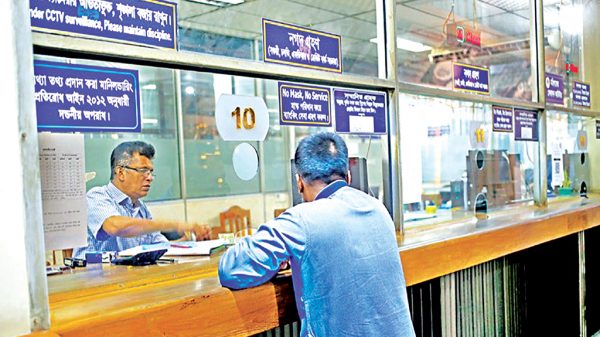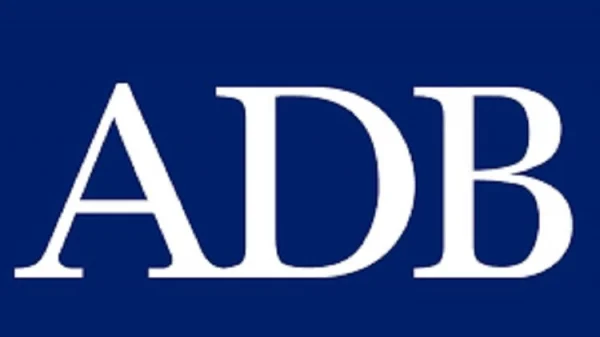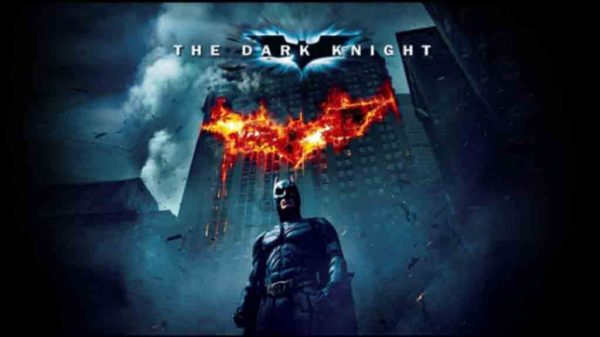Bank interest rate spread crosses 5pc after 9 years

Shawdesh desk:
The weighted average interest rate spread in Bangladesh’s banking sector exceeded 5 per cent in February after 2015, driven by rising lending rates.
According to Bangladesh Bank data, the overall interest rate spread rose to 5.04 per cent in February 2024 compared with 4.66 per cent in December 2023, and significantly up from 2.93 per cent in June 2023.
The spread was highest after February 2015 when it was at 5.04 per cent.
The introduction of a lending rate cap at 9 per cent from April 1, 2020 led to a sharp decline in the interest rate spread at that time.
However, the spread began to increase after the central bank removed the 9-per cent lending rate cap in July the following year.
Currently, some banks are charging close to 13 per cent for loans, while deposit rates have been increasing gradually, albeit slower than lending rates, contributing to the spread reaching 5 per cent.
They said that lending rates typically rose before deposit rates.
Banks assess deposit rates in competitors before raising the rate, they said.
They said that an increased interest rate spread contributed to attaining higher operating profits by banks.
In February, banks offered an average interest rate of 5.01 per cent for deposits and charged an average of 10.05 per cent for loans, resulting in a spread of 5.04 per cent.
In comparison, in February 2023 banks offered an average deposit rate of 4.31 per cent and charged 7.27 per cent for loans, resulting in a spread of 2.96 per cent.
The Bangladesh Bank scraped limitation of keeping spread below 4 per cent in November 2023 as lending rate is now connected with SMART.
To ensure sustainable business operations, banks must maintain a certain profit margin.
Bankers attribute the recent increase in lending and deposit rates to the central bank’s shift from a monetary targeting framework to an interest rate targeting framework to curb inflationary pressures.
Under the new framework, the lending rate for banks is determined by adding a 3.5-per cent corridor to the six-month moving average interest rate (SMART) of the 182-day treasury bill.
This shift has led to an increase in policy rates, prompting banks to raise lending and deposit rates to make financing more expensive.
While lending rates have been raised, there has been no systematic increase in deposit rates, which has resulted in deposit rates remaining significantly below the country’s inflation rate, which has been above 9 per cent for the past six months.
The inflation rate was 9.66 per cent in February against deposit rate of 5.01 per cent.
Therefore, many people became reluctant in keeping their money in banks, which adversely affected deposit growth in the banking sector.
























Leave a Reply